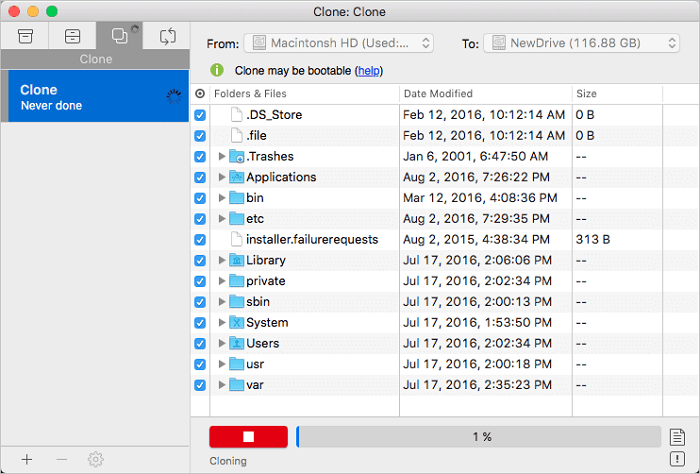

Hibernatemode = 3 (binary 0011) by default on supported portables. The system must wake from the contents of memory the system will lose context on power loss. The system will not back memory up to persistent storage. Hibernatemode = 0 (binary 0000) by default on supported desktops. For your sake and mine, please don’t use anything other 0, 3, or 25. If you choose to do so anyway, we recommend using one of these three settings. We do not recommend modifying hibernation settings. Reading the man pages for pmset sheds some more light on the factory defaults and meaning of the hibernatemode values: Here is how you can turn this off – it will not only make your SSD’s life longer, but also significantly speed up the time it takes for your laptop to enter the sleep mode: If you are in a similar situation and you have 8GB of RAM, that means your MacBook writes 16 to 24 GB of hibernation data to your SSD every day. I typically do this at least twice a day – when leaving the office and when going to sleep in the evening. The more RAM you have, the more gigabytes it writes to the disk every time you close the lid/put it to sleep. This is to ensure your laptop does not lose your work if it runs out of battery while “sleeping”.
MAC OS SSD HOW TO
I found out about how to turn off the local backups from this article: Īnother feature of Mac OS turned on by default on laptops is, that it saves all the memory to disk when entering sleep mode. To turn it back on, you can simply run the following in the Terminal:Īlso note, this feature gets turned on automatically whenever you turn off and on the Time Machine – so don’t forget to turn the local backups back off again whenever you do that. Once you do this, the TM Preferences panel will immediately reflect it – the text will change from “Time Machine keeps local snapshots as space permits, and:” to “Time Machine keeps:”. Just start Terminal.app and execute the following command: There is no GUI switch to turn these local backups off, but it can easily be done on the command line. You can confirm if the local TM backups are on by opening Time Machine Preferences: This is quite common – you are typically connecting your external TM disk only once in a while or you are using Time Capsule at home but take your laptop to the office every day for 8+ hours. If you are using the SSD in a laptop, and you turned the Time Machine backups on, you should know that OS X Lion does local snapshots at times when your Time Machine disk is not available.

You can read more here or go to the TrimEnabler web site directly. Trim Enabler is a simple utility that does this for you. If you bought a 3rd party one like I did, you have to tweak the system to be able to turn on the TRIM support. Unfortunately, MacOS supports TRIM only for Apple-supplied SSD’s. TRIM support is essential for keeping the SSD healthy. So it is the best way how you can ruin your SSD even before you start using it.

Benchmarks usually write a lot of data to the disk (to test the write speed), wearing it out. So they get this cool idea of running some extensive benchmarks to see the amazing performance numbers. Some people, right after they buy a new SSD, want to enjoy the speed and are eager to find out how much faster exactly their new SSD is than the old HDD. Let me know if any other tweaks work well for you. Make sure you back up your computer before trying any of these. So, here is a list of content in case you want to skip to particular sections:ĭISCLAIMER: Applying any of these tweakss is at your own risk. Some of them you may already be aware of. Here I am providing the list of things I found on various web sites or came up with myself to minimize the risk the SSD wears out too soon. So, I’ve decided to write this blog – for my own benefit (to keep track of what I did in case I have to re-apply it in the future) as well as for the benefit of others who may run into this blog entry. And as I found out, with the new features in Lion, some additional tweaks need to be applied – especially in case of a laptop. Recently I bought another SSD – this time a 240GB Vertext 3 for my MacBook – that one I am using as the only drive in the laptop. So far I’ve been very happy with it and thanks to applying some tweaks the drive seems still healthy as new. I am using it as the primary disk, while I kept the original 1TB HDD as the secondary one. 18 months back I bought my first SSD (120GB OCZ Vertex 2) for my (then) new iMac.


 0 kommentar(er)
0 kommentar(er)
